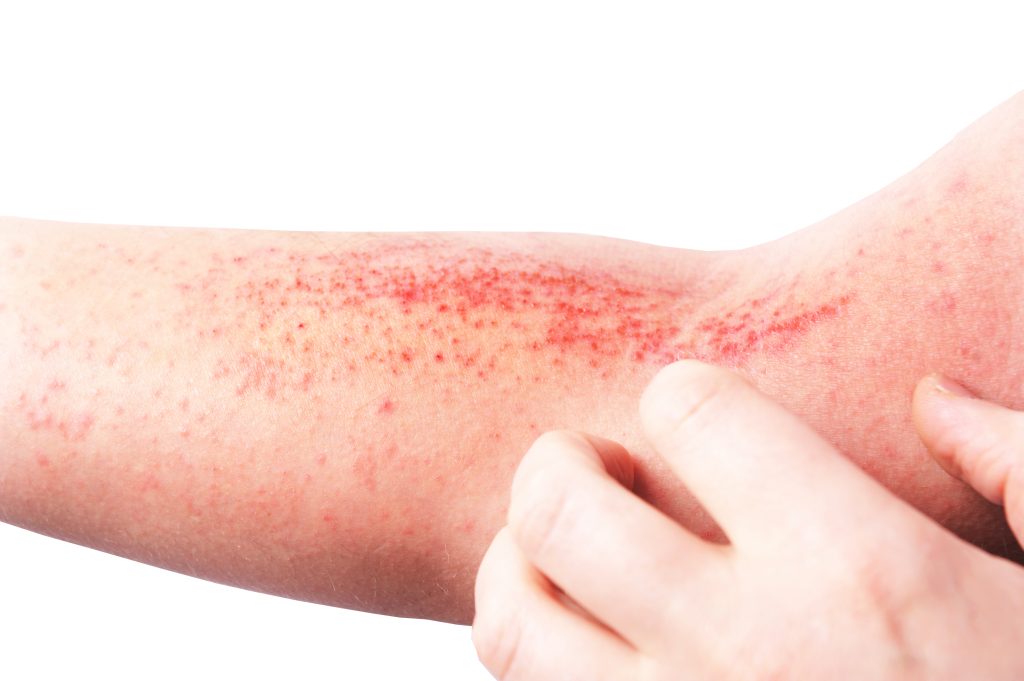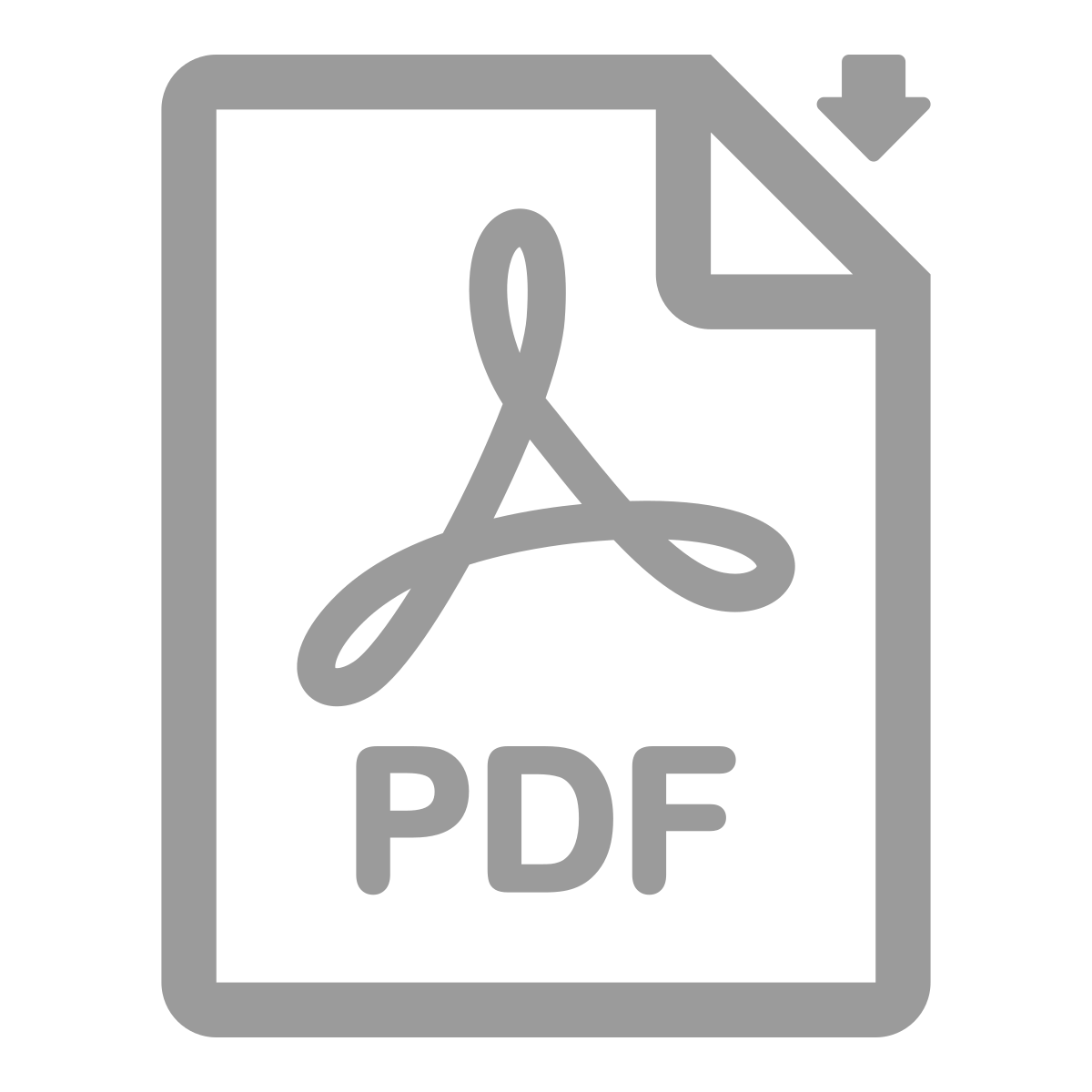Nektar Therapeutics’ rezpegaldesleukin achieved primary and key secondary efficacy endpoints in the 16-week induction period of the ongoing Phase 2b of patients with moderate-to-severe atopic dermatitis (AD).
Rezpegaldesleukin is an (interleukin) IL-pathway agonist and regulatory T-cell (Treg) proliferator.
The global Phase 2b study is being conducted in 393 patients with moderate-to-severe atopic dermatitis. Patients were randomized (3:3:3:2) to receive subcutaneous treatment with three doses of rezpegaldesleukin: a high dose of 24µg/kg every two weeks (q2w), a middle dose of 18µg/kg every two weeks (q2w), and a low dose of 24µg/kg every four weeks (q4w), or placebo q2w. The primary endpoint and secondary endpoints were assessed at week 16. Following a 16-week induction period, rezpegaldesleukin-treated patients who achieved Eczema Area and Severity Score (EASI) percent score reductions of >50 were re-randomized (1:1) to continue at the same dose level on a q4w or q12w regimen through Week 52 in a blinded maintenance period. Placebo patients with EASI percent score reductions of >50 percent continue to receive placebo q4w.
The trial met its primary endpoint of the mean improvement in EASI from baseline at Week 16 for all three dose arms of rezpegaldesleukin versus placebo.
All three dose arms also achieved statistical significance at Week 16 for the key secondary endpoints of EASI-75 (percent of patients who achieve ≥75% reduction in EASI from baseline), EASI-50 (percent of patients who achieve ≥50% reduction in EASI from baseline) and Body Surface Area (BSA) (mean percent improvement in BSA score from baseline).
The q2w arms of rezpegaldesleukin (high and middle doses) achieved statistical significance at Week 16 for the key secondary endpoints of validated Investigator’s Global Assessment for Atopic Dermatitis (vIGA-AD) 0/1 (percent of patients achieving a score of 0 or 1 on the vIGA-AD with ≥ 2-point reduction from baseline) and Itch Numerical Rating Score (NRS) percent of patients with baseline ≥ 4 who experienced a ≥ 4-point reduction in the NRS from baseline.
In addition, at Week 16, the high dose of 24µg/kg q2w achieved statistical significance on EASI-90 (percent of patients who achieve ≥ 90% reduction in EASI from baseline).
When evaluating EASI-75 and EASI-90 by disease severity using baseline vIGA-AD score, similar responses were observed in severe patients (baseline vIGA-AD of 4) as in moderate patients (baseline vIGA-AD of 3).
“These data from REZOLVE-AD show a fast onset of both EASI response and itch relief within the first few doses of rezpegaldesleukin treatment, which are important metrics for physicians as they assess treatment options in atopic dermatitis,” says Jonathan Silverberg, MD, PhD, MPH Professor of Dermatology at George Washington University School of Medicine and Health Sciences in Washington, DC, in a news release. “This shows the advantage of a broad-based Treg mechanism over other immune-modulation approaches in development to treat the disease. Additionally, we don’t see any increased risk of incidence of conjunctivitis, oral herpes, or oral ulcers with this mechanism of action as we do with other mechanisms.”
“These REZOLVE-AD results present a new therapeutic hypothesis for treatment of dermatological diseases and the investigators are looking forward to rezpegaldesleukin advancing in development in atopic dermatitis,” adds David Rosmarin MD, Chair, Department of Dermatology and Associate Professor of Dermatology, Indiana University School of Medicine in Indianapolis, IN. “With the establishment of this efficacy profile in the dermatological setting of atopic dermatitis, we are also eager to see the upcoming results from the ongoing REZOLVE-AA study in patients with severe to very-severe alopecia areata.”
Across all three dose arms, translational blood biomarker data demonstrate robust on-target and dose-dependent pharmacological activity with an increase in total Tregs of up to sixfold in the high-dose arm. Sustained Treg cell proliferation was observed at Week 16 as compared to baseline and was correlated with reduction of key T helper 2 (Th2) inflammatory markers: IL-19, TARC/CCL17, periostin, and MDC/CCL22.
Nektar plans to submit these REZOLVE-AD 16-week induction results for presentation at a medical conference later in 2025.


